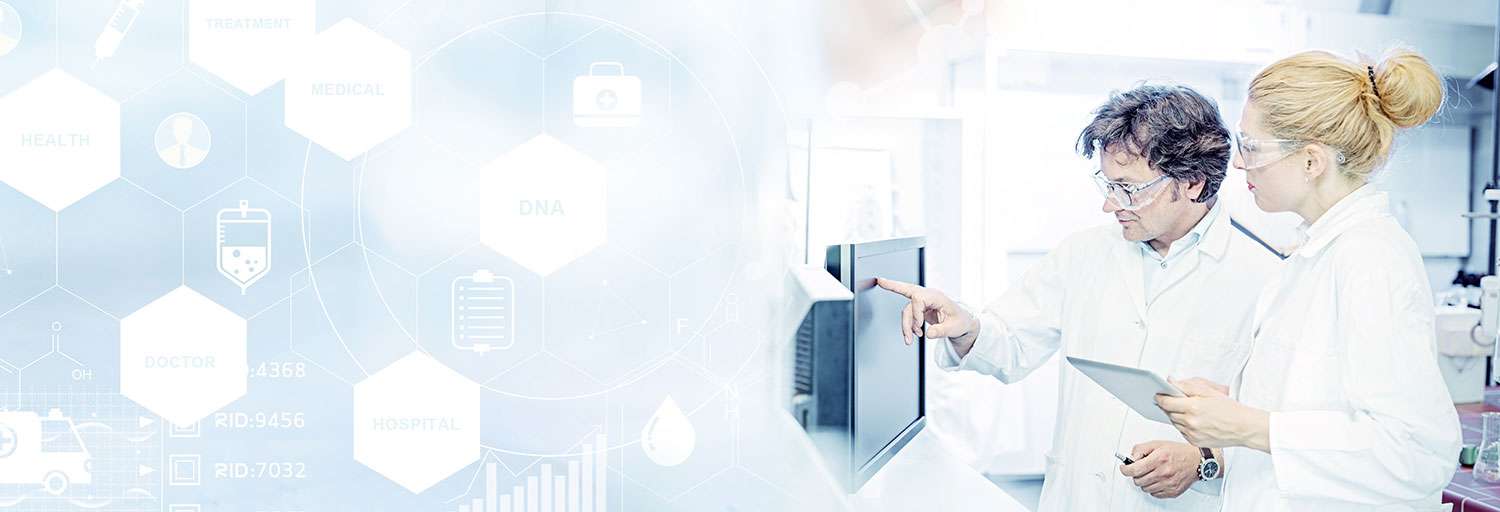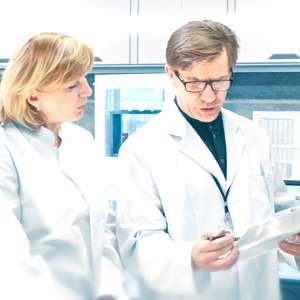Contact Us
- Solutions
- Resources
- About
- Contact Us
close
Optional callout banner for highlighted news or events
Learn More
Analytical method transfers are a natural part of project progression. But transferring a method from one laboratory to another – even within the same company – can face challenges related to sample stability, documentation, procedural ambiguity, and underestimating the importance and complexity of the transfer. An out-of-specification could result in investigations, rework, delays, and regulatory implications.
Often, between-lab transfers can involve instruments from different vendors or with different configurations, adding multiple variables that can affect the method and subsequent results.1 A primary objective of a contract development and manufacturing organization (CDMO) is to ensure the method being transferred from the sending unit (SU), which is often the analytical R&D lab to a receiving unit (RU), often the Quality Control laboratory, will be “QC friendly” and maintain result consistency.
When undertaking analytical methods transfer, it is imperative to base the approach on the stage of development. The later the stage of product and method development, the more stringent the requirements. Therefore, determine a transfer strategy based on the nature of the method, its validation status, the intended product, and experience of the receiving laboratory, in this case the QC lab.
The USP General Chapter <1224> outlines approaches to methods transfer1:

Despite the best in due diligence, methods often do not perform as well in the RU as they did in SU. To avoid the common pitfalls of method transfer, it is fundamental to take note of these best practices.
1.Train receiving personnel When appropriate, the sending unit (SU) should train the receiving unit (RU), or RU should consider running the analytical method to identify any issues that may need to be resolved before the transfer takes place. While the SU provides the analytical method, reference standards, validation reports, and other necessary documents, the RU must properly train staff before the transfer to ensure that the facilities and instrumentation are properly calibrated and qualified as needed, as well as verify that systems are in compliance with applicable regulations and general lab procedures. The two labs should compare and discuss data to address necessary corrections or updates.

2.Keep methods simple The receiving unit must be able to run the tests reliably and reasonably quickly from batch to batch. The procedures should be written with sufficient detail and explicit instructions so that a trained analyst can perform it without difficulty. The protocol should be discussed, agreed upon, and documented before the transfer. This document should represent a consensus between The SU and the RU, indicating the intended execution strategy and both departments’ requirements and responsibilities. Objective, scope, materials and instruments that will be used, experimental design, and acceptance criteria should all be contained within the protocol. Specific analytical performance characteristics to be evaluated and the analysis used to evaluate acceptable outcomes must be clearly defined.2
3.Think like a QC scientist The sending unit (SU) needs to understand the restrictions that RU scientists face and develop an assay that accounts for these restrictions. Prepare a method procedure following good manufacturing practice (GMP) documentation processes. Recognize that what works best in the SU (often Analytical R&D) is not necessarily going to work in the RU environment (often Quality Control), so it is important to think about that translation from the start of method development. Don’t specify any material that can pose a supply or quality consistency problem in the receiving unit. Simplify the sample preparation and data acquisition, and make the method unbiased, where possible, to a specific type or instrument brand.
4.Communication is key Accurate communication between the transferring and receiving laboratories and a clear plan with defined roles and responsibilities are essential. The SU and the RU should regularly communicate early on in the drug-development process to ensure that the analytical method works in a QC environment and provides accurate data on a consistent basis. Understanding the needs of QC will ensure that personnel in AR&D create robust methodologies and transfer them successfully the first time, saving time and money. A successful AMT requires accurate communication between the transferring and receiving laboratories and a clear plan with defined roles and responsibilities.
5.Develop a risk management strategy around the method transfer Asking the right questions prevents analytic method transfer failure. Don’t underestimate the benefit of a risk analysis. Such an analysis should consider the experience and knowledge of the RU, the complexity and specifications of the product, and the analytical method itself. The time spent investing in this exercise will inform decisions about the method being transferred, the extent of the transfer activities, and the implementation strategy. Most importantly, this will improve the success of the transfer as it’s passed from the SU to the RU.
Like what you read? Share with your network: